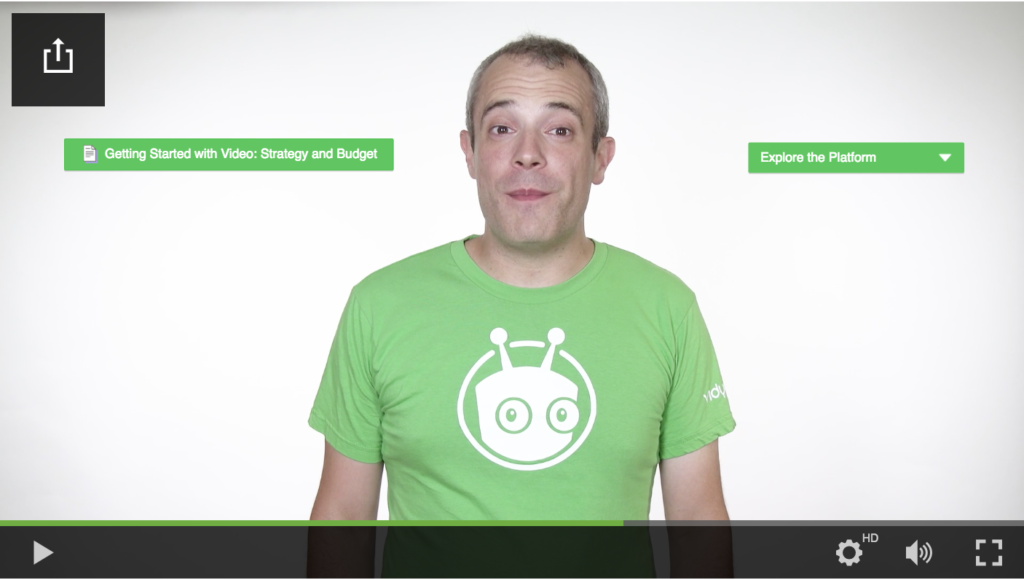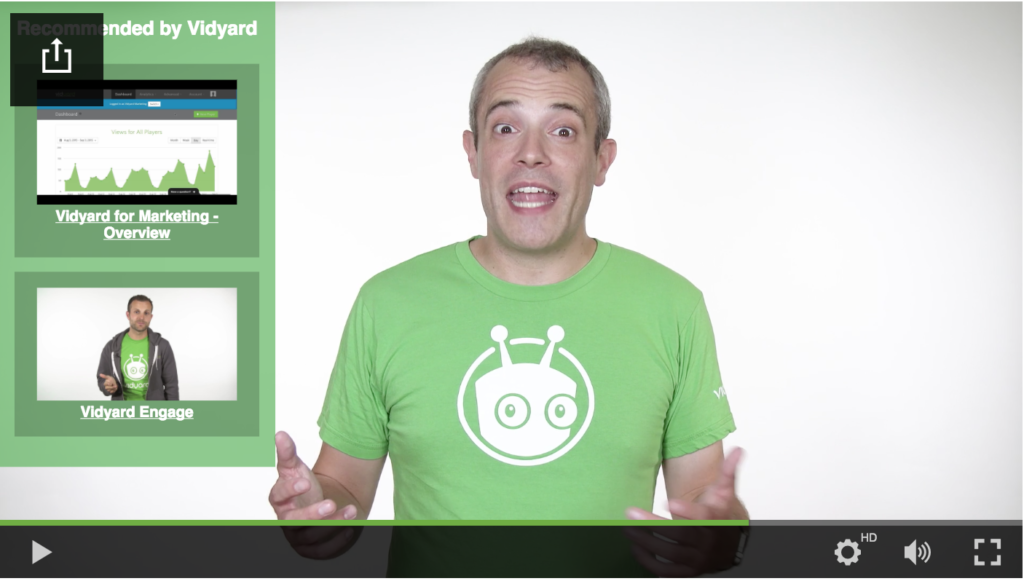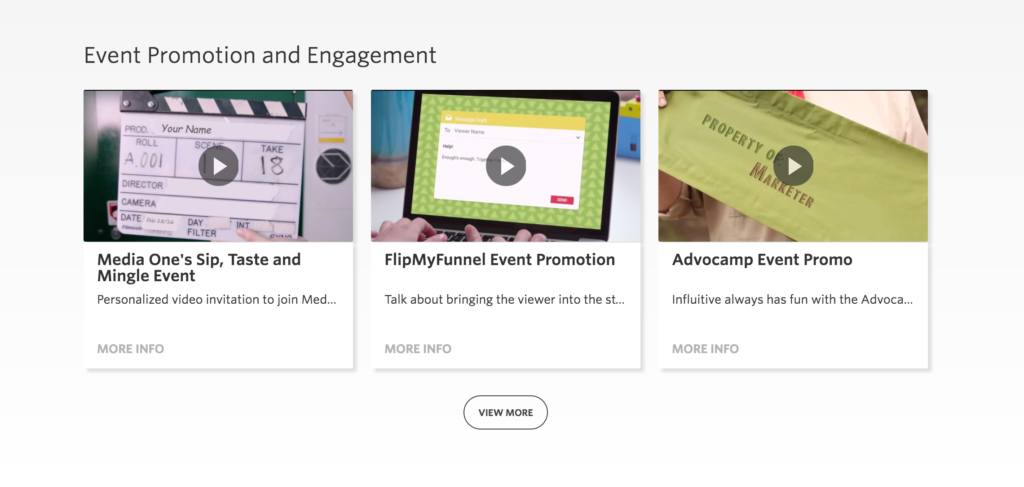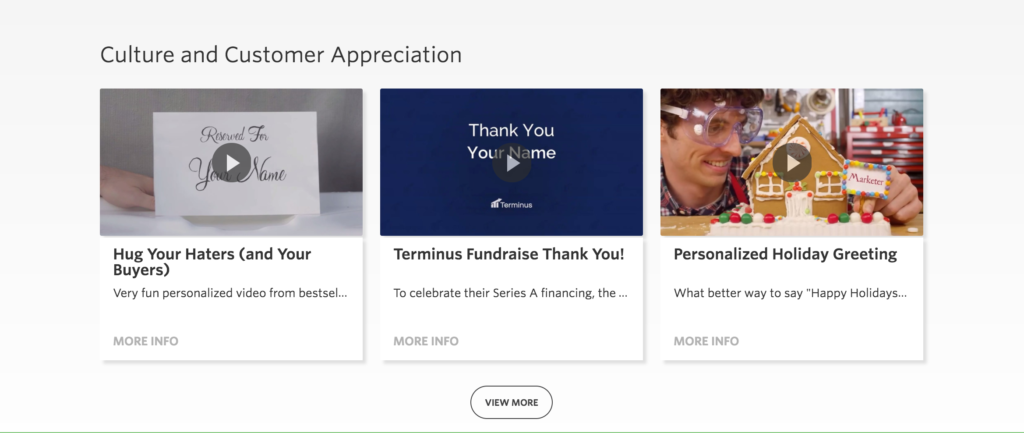Is it just me, or are we in the Age of Convenience? Everything is at our fingertips: information, food, entertainment. I mean, Netflix. Do I need to say more? We don’t even need to put in the effort to search for shows we want, or even change channels anymore. Which is great, since our hands are too full with whatever deliciousness we’re binge-eating on the couch at the moment.
So commercials have to work HARD to break through my self-induced haze. Mostly, they fail. This one, though…Well, just watch it for yourself.
The video was created by the Ad Council, a non-profit organization that creates and runs campaigns for other non-profit and US government agencies. The Ad Council works with advertising and creative agencies, who craft the ads pro bono. Their goal is to inspire dialogue, engagement, and action around significant (and non-partisan) public issues, creating a “measurable difference in society”.
Why is this video awesome?
Of course video marketing does have a subjective quality to it – what speaks to me won’t necessarily speak to someone else of a different demographic, or someone who has a different sense of humor, or who isn’t interested in similar topics. But there are a few interesting aspects of this video that I think help it achieve its goals:
It doesn’t sell anything.
Say what? Why is this good for video marketing? Don’t companies want to push their products on people? Well, one of the things I love about this campaign is it doesn’t push anything that viewers need to buy. If you’re like me, you don’t love commercials interrupting your shows, shouting at you to buy this and buy that, and shoving products you don’t necessarily need down your throat. But I do love ads that pique my curiosity, teach me something, and make me want to learn more (but leaving it up to me to decide if I do want to learn more).
Get 15 Tips from the Experts on B2B Video Production!
Get the GuideThis tactic makes me think viewers are similar to puppies or teenagers – if you demand they do something, they won’t, even if they were sort of interested. But if you engage them and let them decide for themselves, they’ll follow through and take action. Another great example of this tactic is the “Who Am I?” campaign for Ontario tourism. If you haven’t seen it, check it out:
Ontario itself wasn’t mentioned in the ads – it was up to the viewer to want to play along and learn more, which I think was a great and innovative way to engage and entice viewers, rather than demanding, “Hey, take a trip in Ontario, wouldya?”
You might think this strategy wouldn’t work for your company or product because maybe you want something more direct. But just think of the possibilities – this approach could be just the first part in a series that entices people and then informs and sells them.
It’s unusually funny.
Video marketers know that if you want great engagement on your videos, you probably want your video to be either A) emotional, or B) funny. A lot of commercials directed at your health take a morose angle – think of all the commercials you see for prescription drugs. I’m likely to instantly tune out, even if I had the affliction, because the ads are too depressing (the emotional tactic gone wrong!) or too cheesy, filled with people struggling to get out of bed or watching their loved ones through a window.
Humorous videos about your health, now those get attention. Who doesn’t remember one of the first Viagra commercials with the guy who hopped and skipped and cartwheeled his way to work after a good night?
Much more engaging than a commercial showing a sad and rejected husband and wife, right? This prediabetes commercial could have been a real disengaging downer, but the actor is amusing and the script is well-written and even light-hearted for a serious topic, helping to get – and keep – the audience’s attention.
It engages a broader demographic.
When you think of prediabetes, what demographic do you think of? Older people who struggle to maintain a healthy weight? The thing about a lot of commercials directed at your health is, unless you already know you’re suffering from the problem, you may not be listening or think it applies to you.
This is why this video works so well. It doesn’t show the ‘sufferer’ so that we can envision anyone, including ourselves, in that role. It poses a question (“Do I have prediabetes?”), making us curious about the answer, rather than “You have prediabetes, here’s what you can do about it”. It engages people who may not have initially thought the message was meant for them.
Right off the bat, the ad talks right to us. It relates to us, makes us feel understood (we’re all busy, and we’re all likely sitting on a couch watching the ad) and pulls us into the conversation, so we’re more willing to see ourselves as part of the intended demographic, and engage in the message. This is a perfect example of relating to your viewers and leading them along a story instead of trying to yell for their attention.
It does the work for you.
A lot of commercials fall more into the top of the marketing funnel – you aren’t necessarily getting into the nitty gritty of your product or service, but just trying to create awareness, excitement, and interest, and trying to connect with people amongst a very broad demographic of viewers. Knowing that viewers are busy, bored, and just waiting for their show to come back, it’s just too hard to relate to them, snag their interest, and then actually educate them in a short period of time, right?
This video proves otherwise. The great thing about it is that it calls out viewers’ own pain points – they’re busy, just watching a show, they may not feel your message will be relevant to them, and they just don’t care about ads. So this video does the work for us, educating us in the simplest and quickest of ways – it poses a few yes-or-no and easy-to-answer questions so that after a mere minute, we’re much more educated about our own likelihood that we’re at risk for prediabetes. We don’t have to lift a finger, get a pen and paper, visit a website, remember stats, or really do anything but follow along. That’s how to engage even the most disengaged and uninterested! Talk about impressive.
It doesn’t shame you…
Like I’ve been saying throughout this post, this video is great at speaking our language, saying what we’re thinking, and relating to us. We’re busy! We’re tired! We want our show back! We don’t want to do work and find out about our health!
This is a similar approach to what a lot of fitness clubs do – people don’t want to feel alone in their struggles. The other day I heard a radio ad from a gym talking about how their club is a welcoming place for people of all fitness levels to come in, work out, get the help they need, and not feel judged – because not many people would rush to the gym or feel comfortable if they’re surrounded by winners of fitness competitions.
This prediabetes ad works the same way – if we’re inundated with facts and checklists and made to feel ashamed about how we treat our bodies, we may be more likely to bury our heads in the sand rather than face the music and change our behavior. Did you know that about 25% of people even lie to their doctors about the status of their health? People don’t want to admit when they aren’t doing what they know they should do. This video acknowledges that general feeling, and helps us feel like we aren’t alone, it’s okay, and it’s going to help us along.
…Until it does shame you.
You’re not alone, and it’s okay to sit on the couch and binge-watch shows and not pay attention to your health. Buuuut only to a point. The video hooks you on its relatability, but it still needs to close you and make you take action. There’s where the final little bit of shame comes in to help close the deal: now that you’ve gotten the quick and easy education and you know where your health stands, you can’t bury your head in the sand anymore. The “doctor” has to be blunt and tell you like it is because you’re busy, but now it’s up to you to take the next step and visit the website. The ad has done most of the work for you already, so the least you can do is “just go to the site”!
So what do you think? Did this ad make you take the quick quiz? Did it make you want to learn more, or help ease your fears about your health?
What video marketing have you seen recently that you think worked really well? Have you checked your dongle yet or enjoyed the Ford barking lot?
The post Watch This Video: Are You Too Busy to Learn If You Have Prediabetes? appeared first on Vidyard.
source http://www.vidyard.com/blog/watch-video-risk-great-video-marketing/







